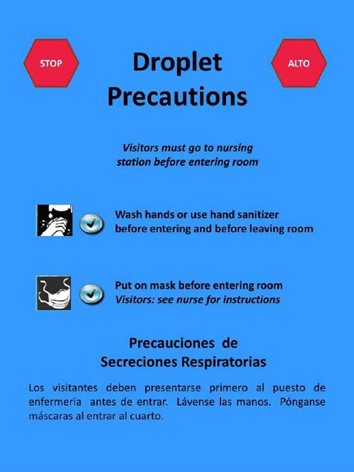A nurse is evaluating a 4-year-old child who has cystic fibrosis and has been receiving chest physiotherapy treatments.
The nurse should identify which of the following findings as an indication that the therapy has been effective?
Increased urine output.
Increased expectoration.
Reduced pain.
Increased heart rate.
Increased heart rate.
The Correct Answer is B

Chest physiotherapy treatments aim to improve ventilation and mucociliary clearance by removing tenacious and obstructing secretions in patients with cystic fibrosis.
Increased expectoration indicates that the therapy has been effective in clearing secretions.
Choice A is wrong because increased urine output is not an indication of the effectiveness of chest physiotherapy.
Choice C is wrong because reduced pain is not a specific indication of the effectiveness of chest physiotherapy.
Choice D is wrong because increased heart rate is not an indication of the effectiveness of chest physiotherapy.
Nursing Test Bank
Naxlex Comprehensive Predictor Exams
Related Questions
Correct Answer is B
Explanation
A relaxed facial expression can indicate that the medication is having a therapeutic effect and that the infant is experiencing pain relief.
Choice A is wrong because bradycardia is not an indication that the medication is having a therapeutic effect.
Choice C is wrong because increased blood pressure is not an indication that the medication is having a therapeutic effect.
Choice D is wrong because limb withdrawal is not an indication that the medication is having a therapeutic effect.
Correct Answer is B
Explanation
The nurse should first implement droplet precautions for the child.

Bacterial meningitis can be spread through respiratory and throat secretions, so it is important to take precautions to prevent the spread of infection.
Choice A is wrong because while a lumbar puncture may be necessary for diagnosis, preventing the spread of infection is a higher priority.
Choice C is wrong because while dimming the lights may provide comfort, preventing the spread of infection is a higher priority.
Choice D is wrong because while administering an antipyretic may provide comfort, preventing the spread of infection is a higher priority.
Whether you are a student looking to ace your exams or a practicing nurse seeking to enhance your expertise , our nursing education contents will empower you with the confidence and competence to make a difference in the lives of patients and become a respected leader in the healthcare field.
Visit Naxlex, invest in your future and unlock endless possibilities with our unparalleled nursing education contents today
Report Wrong Answer on the Current Question
Do you disagree with the answer? If yes, what is your expected answer? Explain.
Kindly be descriptive with the issue you are facing.
